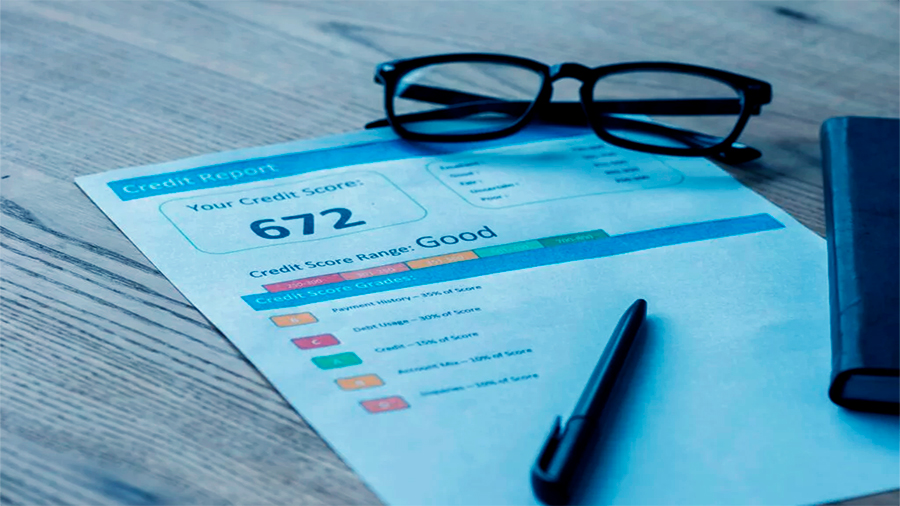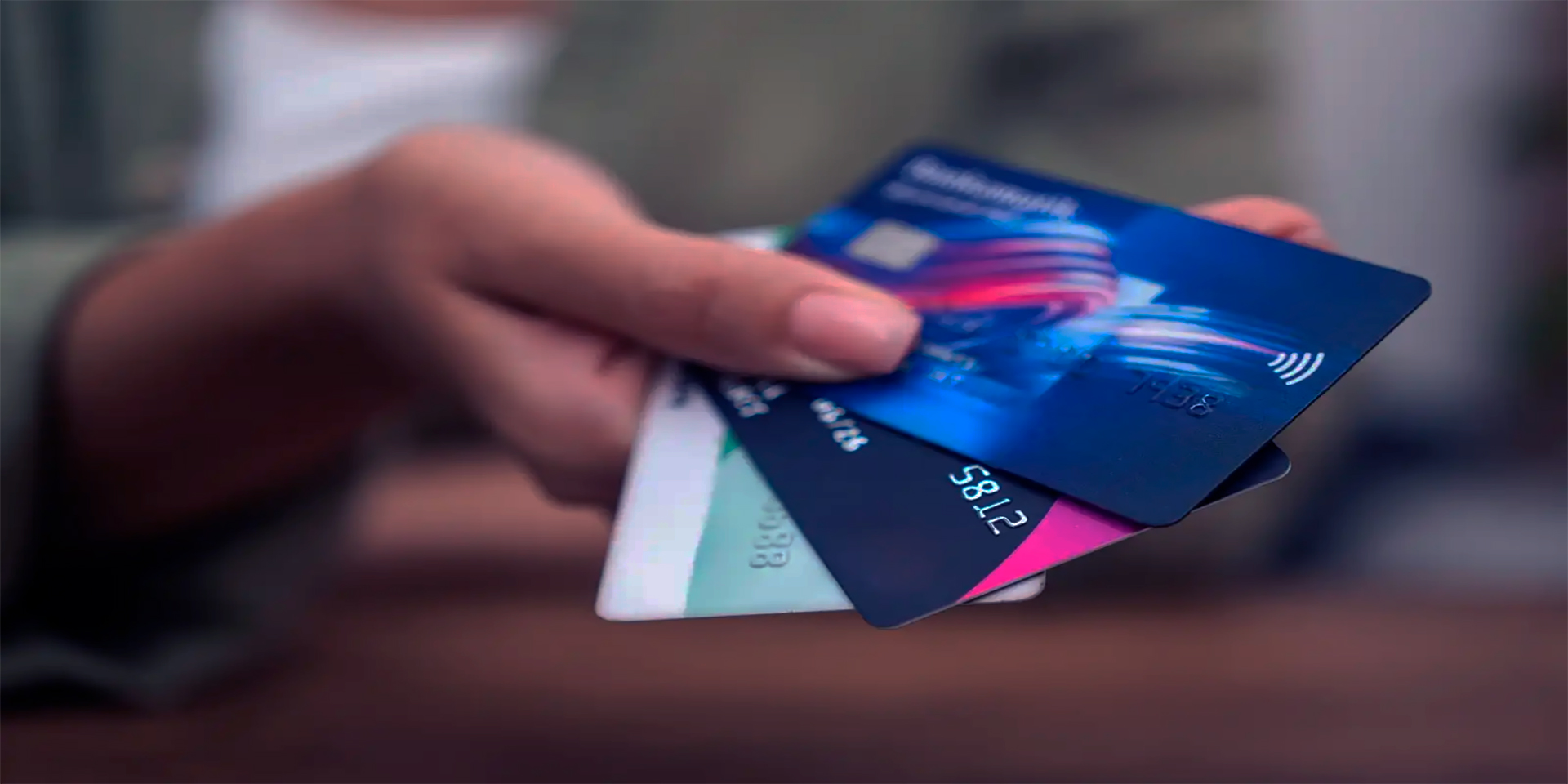The Minimum Payment Illusion: What Credit Cards Don’t Tell You
That “minimum due” amount at the bottom of your credit card statement might feel like a lifesaver. You’re juggling bills, rent, groceries—and suddenly, instead of paying hundreds of euros, you’re told you only need to pay a small portion. Sounds like a good deal, right? But here’s the truth: minimum payments aren’t designed to help you. They’re designed to help the bank. And if you keep relying on them, you could be paying off the same purchase for decades. In this article, we’ll break down why minimum payments are a financial trap, how they work against you, and what you can do instead to avoid falling deeper into debt.
How Minimum Payments Are Calculated
Let’s start with the basics. Most credit card companies calculate your minimum payment as either a small percentage of your total balance—usually between 2% and 3%—or a flat amount if your balance is low. So if you owe €2,000, your minimum might be around €40 to €60. That looks manageable, especially when you’re dealing with other financial pressures. But the reality is that most of that payment goes toward interest, not the principal balance. Which means your debt shrinks painfully slowly while interest continues to rack up daily.
And here’s the part that most people don’t realize: your minimum payment changes every month. It’s based on your current balance, which means it decreases as your balance goes down—unless, of course, you keep spending on the card. In that case, your minimum payment can stay high or even increase. It’s a moving target that’s always just enough to keep you owing.
The Long-Term Cost of Paying the Minimum
Paying the minimum every month might keep you in good standing with the credit card company, but it doesn’t get you out of debt. In fact, it guarantees that you’ll stay in debt for a long time—and pay far more than you borrowed in the first place.
Let’s look at an example. Suppose you owe €3,000 on a card with a 19% interest rate and you’re paying only the minimum each month, calculated at 2.5%. That’s €75. Sounds manageable. But if you keep paying just that, it will take more than 17 years to clear the balance—and you’ll end up paying more than €3,500 in interest alone.
| Credit Card Balance | Minimum Payment (2.5%) | Time to Repay | Total Interest Paid |
|---|---|---|---|
| €3,000 | €75/month | 17+ years | €3,500+ |
The minimum payment isn’t designed to get you out of debt—it’s designed to keep you in it, paying interest for as long as possible. It’s a slow bleed on your finances, and most of us don’t realize how damaging it is until we’re already stuck.

Minimum Payments Keep You in the Red
One of the worst parts about sticking to minimum payments is that they quietly limit your financial flexibility. The money you spend every month on interest could be going toward savings, investments, or just peace of mind. Instead, you’re handing it over to the bank—month after month, year after year.
Imagine if, instead of spending €100 per month on credit card interest, you saved it. In five years, you’d have €6,000—and that’s not even counting any investment growth. When you rely on minimum payments, your money is always paying for your past instead of building your future.
The Credit Score Illusion
Here’s another hidden danger: even if you always pay the minimum, your credit score might still suffer. Why? Because of something called credit utilization. This is the percentage of your credit limit that you’re using, and it plays a huge role in your score. If your balance is high relative to your limit—say, using €2,500 of a €3,000 limit—your score takes a hit, even if you never miss a payment.
Relying on minimum payments means your balance stays high, and your credit utilization stays high too. That tells lenders you’re financially stretched, and it could lead to higher interest rates on loans or even a denied application in the future. Plus, if you ever miss a minimum payment, the late fee and potential penalty APR could send your credit score tumbling even further.
One Missed Payment Can Cost You
Let’s say your minimum payment is €60, and you forget to pay. That one slip-up can trigger a €30 late fee and cause your interest rate to jump from 19% to 29%. Suddenly, your monthly interest is €25 higher—and you’re paying interest on the fee too. That’s how a small mistake can grow into a lasting problem. And with many cards, one missed payment stays on your credit report for years.
What Happens If You Keep Spending?
Minimum payments don’t freeze your balance. If you keep using the card while paying the minimum, you’re just digging a deeper hole. Every new purchase gets added to your balance. Interest continues to grow. Your minimum goes up. And before you know it, you’ve maxed out the card and can’t even cover the interest with your payment anymore.
| Month | Balance | New Purchases | Interest | Minimum Payment |
|---|---|---|---|---|
| January | €2,000 | €300 | €30 | €58 |
| February | €2,272 | €150 | €34 | €61 |
| March | €2,456 | €200 | €37 | €64 |
This is how people end up carrying credit card debt for years without realizing it. You’re not being lazy—you’re just caught in a cycle the system was built to maintain. It’s not about a lack of effort. It’s about how the math works against you.

How to Break Free From the Trap
The most important thing you can do is pay more than the minimum—even if it’s just a little. Every extra euro you pay goes straight toward reducing your balance, which lowers your future interest. It adds up faster than you think. If you can’t afford to pay the full balance, set a goal to double your minimum. It will cut years off your repayment time and save you hundreds or thousands in interest.
You can also use methods like the avalanche or snowball strategy. The avalanche focuses on the card with the highest interest rate first, while the snowball starts with the smallest balance. Both are effective, so choose the one that keeps you motivated. If you have good credit, consider a balance transfer card with 0% interest for 12–18 months. Just be careful—don’t use it as an excuse to rack up more debt. Use the window to make real progress.
Set a Timeline and Stick to It
Debt feels overwhelming when it’s vague. Write down your total balance, your monthly payments, and your target payoff date. Whether it’s 12 months or three years, seeing that timeline helps turn a mountain into something you can actually climb. Celebrate milestones. Reward yourself when you pay off a card. And remember, every month you pay more than the minimum, you’re buying back your freedom—one payment at a time.
The Conclusion
Minimum payments may seem like a lifeline, but they’re really just a leash. They keep you paying longer, spending more, and making slow progress toward freedom. If you’ve been relying on them, you’re not alone—and you’re not stuck. It’s time to look beyond the “minimum due” and take charge of your debt with purpose. Pay more when you can, stop adding new charges, and commit to a strategy that gets you out—for good. Your future self will thank you.

